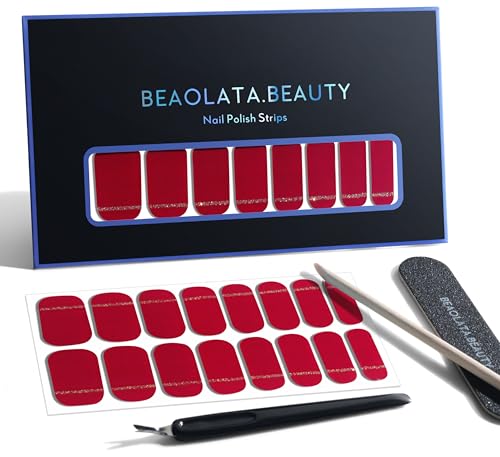- Joined
- Sep 11, 2021
- Messages
- 156
- Reaction score
- 104
My chardonnay from last fall has completed MLF and aged on fine lees for 6 months. I have racked off the fine lees and begun the clearing process.
My brief tasting notes:
Aroma: consistent with varietal. Overall, very pleasing.
Palette:
- Front: Fruit-forward with acidity that is detectable and refreshing. (This is strange to me since MLF is complete)
- Middle: Hot. ABV estimated at 13.9%. This seems to dominate and overpower here. It's not bad, but not what I prefer. It's lacking in fruit as well as other primary flavors.
- End: Autolysis flavors consistent with aging on fine lees.
Question:
I would like to soften the heat and intensity of the middle-palette profile. The way I see it, I have 3 choices:
1) Introduce French Oak chips and age for another 3 months. This would change the entire tasting profile, but could "mask" the intensity of the alcohol.
2) Backsweeten (not something I want to do, but would consider if it would help)
3) Continue aging and finish clearing. Taste again in 3-6 months.
Any advice is appreciated. Thanks!!
My brief tasting notes:
Aroma: consistent with varietal. Overall, very pleasing.
Palette:
- Front: Fruit-forward with acidity that is detectable and refreshing. (This is strange to me since MLF is complete)
- Middle: Hot. ABV estimated at 13.9%. This seems to dominate and overpower here. It's not bad, but not what I prefer. It's lacking in fruit as well as other primary flavors.
- End: Autolysis flavors consistent with aging on fine lees.
Question:
I would like to soften the heat and intensity of the middle-palette profile. The way I see it, I have 3 choices:
1) Introduce French Oak chips and age for another 3 months. This would change the entire tasting profile, but could "mask" the intensity of the alcohol.
2) Backsweeten (not something I want to do, but would consider if it would help)
3) Continue aging and finish clearing. Taste again in 3-6 months.
Any advice is appreciated. Thanks!!











































